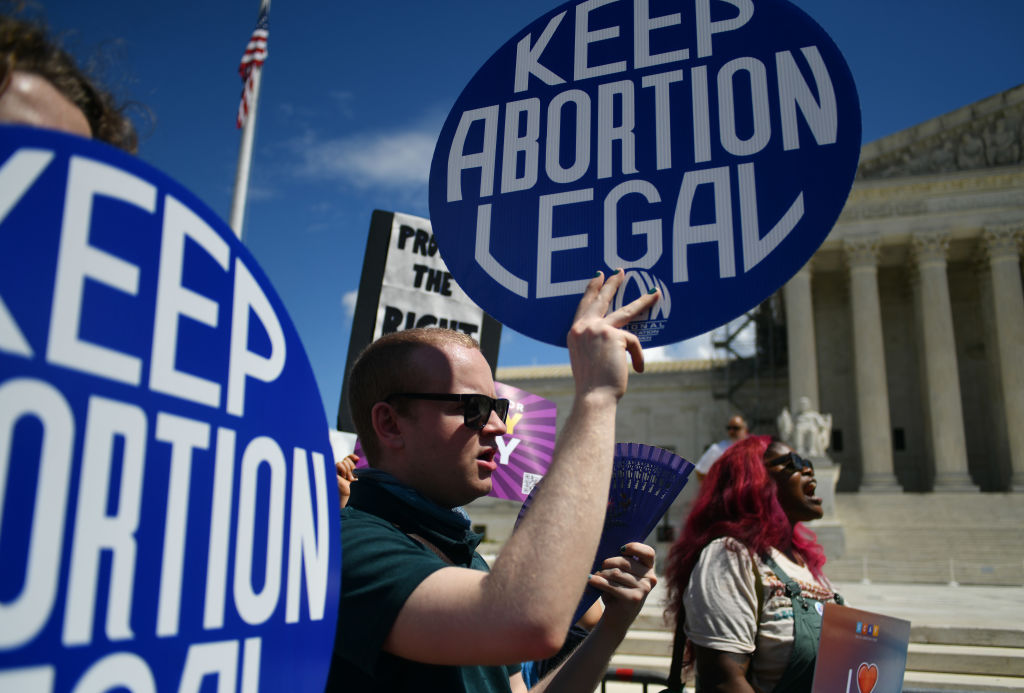
One year has passed since the Supreme Court overturned Roe v. Wade— unleashing a flurry of abortion restrictions affecting millions of Americans.
While abortion until the third trimester of pregnancy remains legal in most states, abortion restrictions have spread across the country since the court reversed almost five decades of precedent in Dobbs v. Jackson Women’s Health Organization. More than half a dozen bans immediately took effect under “trigger laws” designed to kick in once Roe no longer applied. In the year since, more states moved to ban abortion through legislative action. Some of those abortion restrictions have been blocked by state courts.
Bans on abortion vary in terms of how many weeks after pregnancy they apply—with some taking effect as early as six weeks, before some people may know they are pregnant. Some bans make exceptions for rape or incest; others don’t.
Not all states have moved to restrict abortion since the Supreme Court ruling. Many have expanded access. In some cases, state supreme courts have recognized abortion as a fundamental right. Governors and legislatures have passed laws to protect those seeking or providing an abortion from laws in other states, as many people who want an abortion now are crossing state lines to obtain one.
TIME compiled data about abortion restrictions in all 50 states, and D.C. Here’s a look at the landscape of abortion rights in the United States.
-With reporting by Julia Zorthian
More Must-Reads From TIME
- The 100 Most Influential People of 2024
- Coco Gauff Is Playing for Herself Now
- Scenes From Pro-Palestinian Encampments Across U.S. Universities
- 6 Compliments That Land Every Time
- If You're Dating Right Now , You're Brave: Column
- The AI That Could Heal a Divided Internet
- Fallout Is a Brilliant Model for the Future of Video Game Adaptations
- Want Weekly Recs on What to Watch, Read, and More? Sign Up for Worth Your Time
Write to Sanya Mansoor at sanya.mansoor@time.com and Lon Tweeten at lon.tweeten@time.com